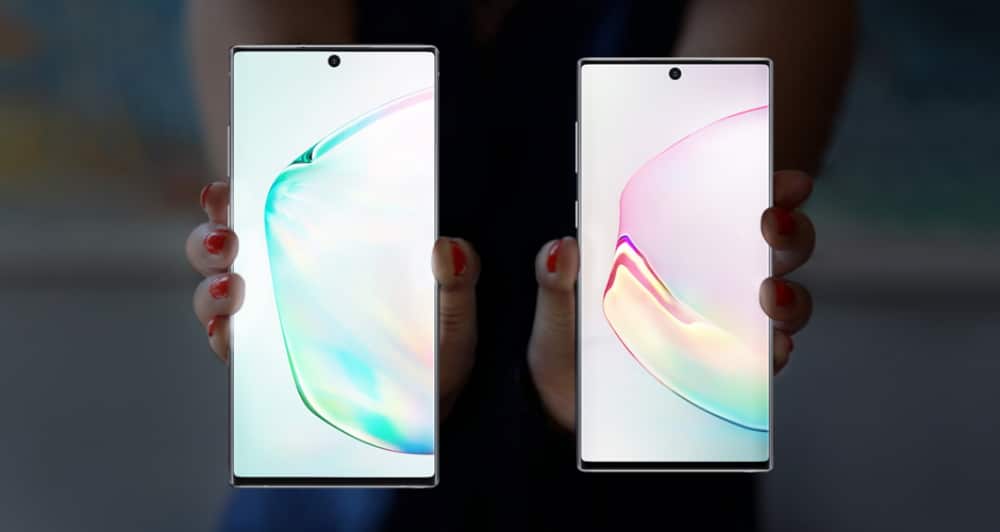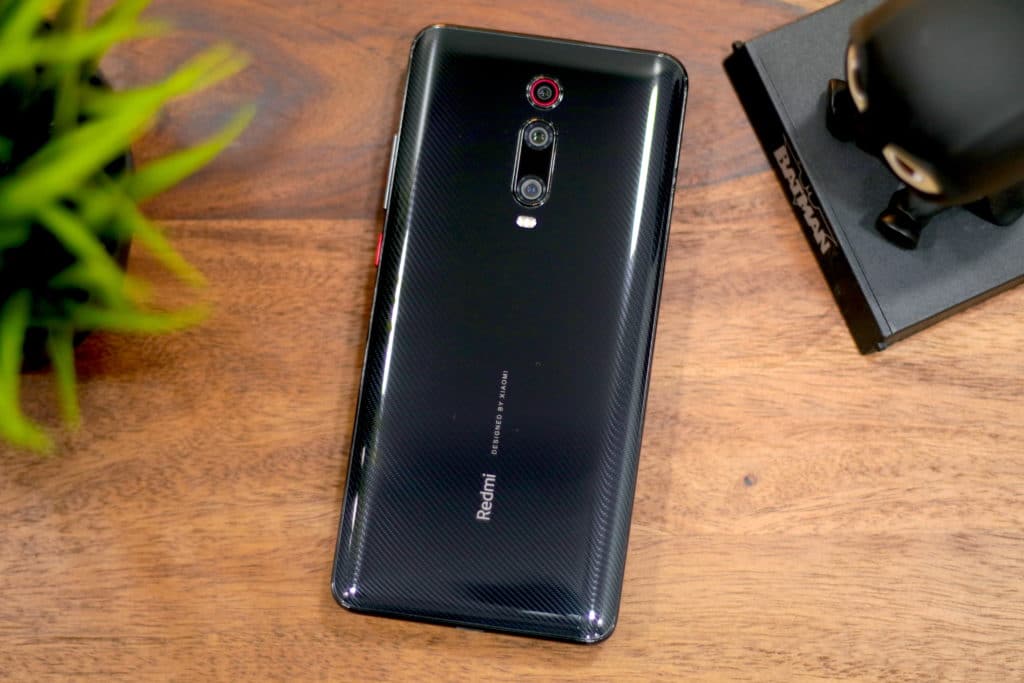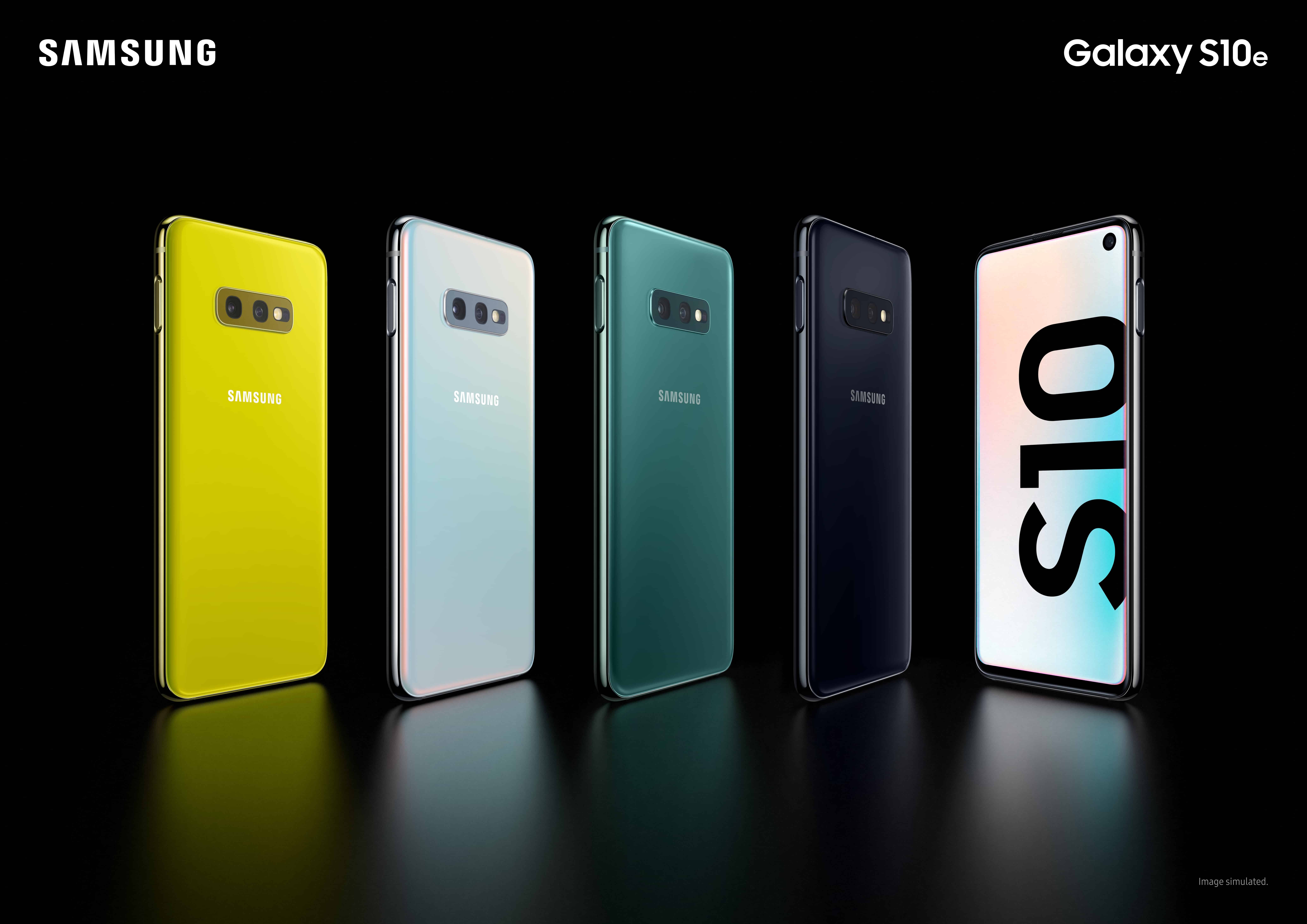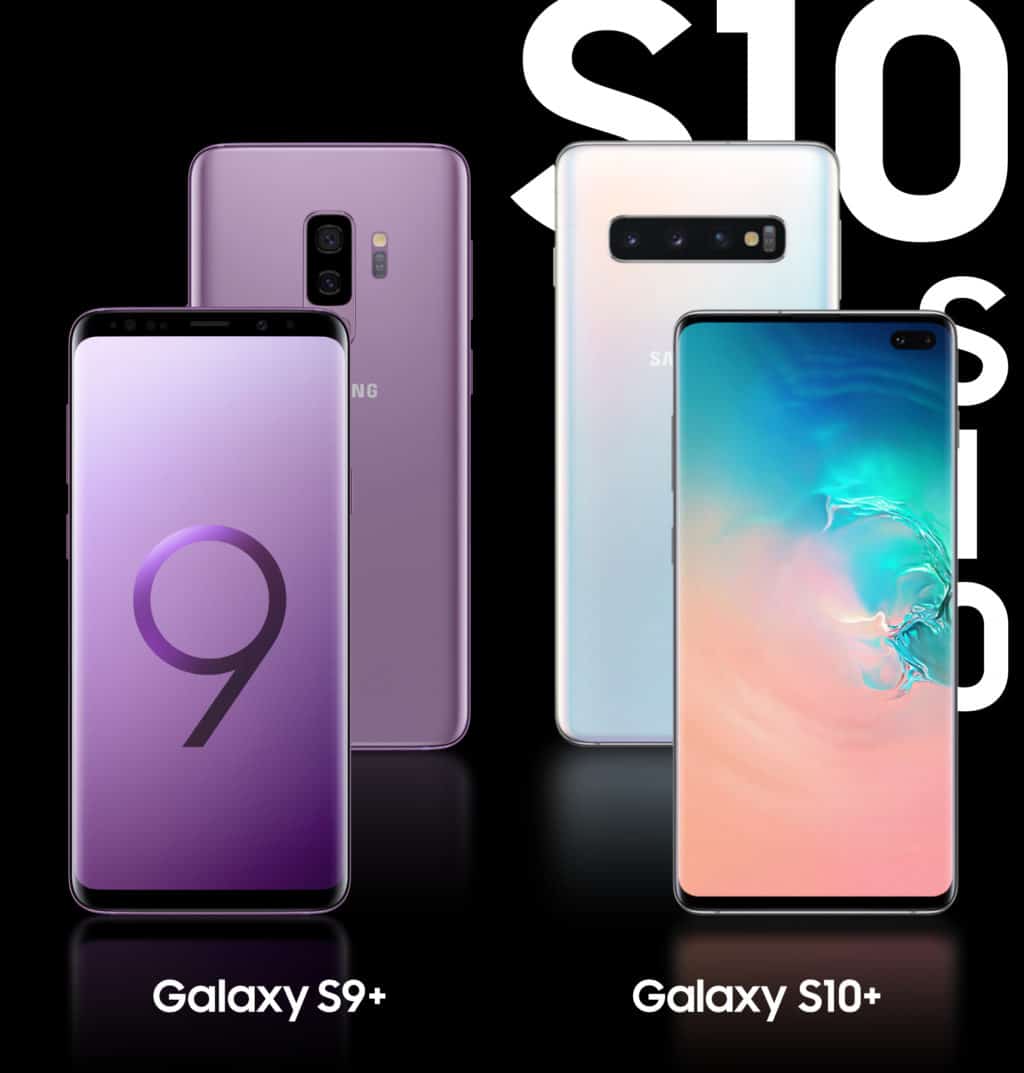I’ve been around the smartphone world since the very beginning (2002, with the Nokia 7650) and have seen cameras improving dramatically year on year. And the LG G4 and Samsung Galaxy S6 (here in its Edge variant) each have the very latest camera hardware, itself a surprising leap up from 2014’s technology. Can this space improve any further, into 2016? Oh, quite possibly, there are still some tweaks left to add back in (cough, Xenon flash), but the performance here, in almost all light conditions, is astonishing. However, there’s one obvious question that needs answering – which (G4 or S6) smartphone camera is better?
In a sense, of course, the question, and this entire feature, is irrelevant, since the image quality is SO good that, at all normal viewing sizes, users won’t be able to tell the results apart. However, there are some characteristics worth noting, plus there are definite bragging rights for the overall winner.
[For those following my other writings, you may be wondering how these two camera-toting flagships stack up against the traditional camera champions with the ‘Nokia’ name on – the Lumia 1020 and 808 PureView? In short, the G4 and S6 even blow the two Nokias away for general imaging, though the latter do still have a slight edge in terms of zooming and that Xenon flash evening event use case.]As it turns out, the overall specification of the G4 and S6 rear cameras are surprisingly similar, both 16MP and with a sensor size of 1/2.6″. The G4 has a larger aperture, at f/1.8, though the S6’s camera is only slightly smaller at f/1.9, while the G4 scores with the laser focussing and ‘colour spectrum sensor’, though as we’ll see below, this isn’t infallible. The specs are close enough, and the resolution certainly so, that I can compare 1:1 crops from the same photos taken with each smartphone and you’ll be able to spot any differences, where appropriate.

A few notes before diving into the images:
- Both smartphone cameras were used on full ‘Auto’, i.e. how end users would shoot photos 99% of the time. Do note though that both camera interfaces allow complete control over things like ISO, white balance, exposure, etc. through a ‘Pro’ mode. In fact, almost everything a DSLR user would get to fiddle with – so any perceived deficiencies in imaging settings could be easily rectified. But testing has to be on full ‘auto’, of course, since there are millions of parameter combinations that would otherwise have to be compared!
- Cropping in so that you can ‘see’ detail down at the pixel level is revealing, sure, but it’s also a little artificial. Bear in mind that out of 16 million pixels per photo, I’m only showing you central detail from around 240,000. Still sounds a lot, but in fact, it’s only 1/64th the size of each complete frame. So view the crops in context!
On then with the test scenes and 1:1 crops, I’ll comment on each as I go along:
Test 1: Landscape, sunny
In this case, down at the local golf club, with the clubhouse nicely lit up and with plenty of detail:

Here then are the 1:1 crops, firstly on the LG G4:

And then the same framing 1:1 crop on the Galaxy S6 (/Edge):

Great though the S6’s image was, the clarity and sharpness in the G4’s is astonishing. I might expect such sharpness in a downsampled image, perhaps at 5 Megapixels (for example), but to be this precise right for every one of the 16 million pixels is incredible. Bear in mind that, at the pixel level, we’re talking pixels taking it in turns across rows to either be Red, Blue or Green, and then software intelligently averages things out so that both detail and colour end up about right. With the miracle above.
I’m speechless. The G4 camera is right up there with the best DSLRs for shots like this. The S6 is close behind, but it is… behind, at least according to this test shot.
Test 2: Natural detail
One of the biggest tests of camera phones is how they handle nature – petals, leaves, grass, and so on. Here’s another test scene:

Here then are the 1:1 crops, firstly on the LG G4:

And then the same framing 1:1 crop on the Galaxy S6 (/Edge):

Now, the 1:1 pixel detail from the S6 is exactly what I’d expect to see from a 16MP camera module at this level – some smearing, some artefacts, some processing. This isn’t a criticism, it’s just how digital cameras work, especially when the detail is massive and the sensor relatively small (compared to DSLRs). However, the G4’s output is again astonishing. There’s magic sauce at work, I tell you, imaging alchemy. The LG G4’s detail is massive.
As an anecdote, I also did some zoom and raw detail tests today against the Lumia 1020’s physically much larger, 41MP sensor. And the G4 was quite comparable. How is this possible?
Time to move indoors, to a scene with much less light and more chance of digital noise and uncertainty.
Test 3: Indoors, low light
In this case, inside a local church, still with plenty of detail, as you can see in this overall scene:

Here then are the 1:1 crops, firstly on the LG G4:

And then the same framing 1:1 crop on the Galaxy S6 (/Edge):

Again the G4 camera manages to achieve more detail and less noise, under what are trying circumstances – low light, distant subject, etc. It’s as if LG’s camera engineers have managed to warp the laws of physics. Again, the S6’s camera is good, but not good enough to win out.
Test 4: Indoors, macro
Under a single 60W room light, so not that bright, but up close with some Sharpies:

Here then are the 1:1 crops, firstly on the LG G4:

And then the same framing 1:1 crop on the Galaxy S6 (/Edge):

Though you could argue that the G4’s photo is ‘warmer’ and with less noise, I’m actually going to plump for the Galaxy S6 camera here. The colours are more accurate – the Sharpie barrels should be grey and the tip top right of the crop is a red-brown, not the bright red shown by the G4. This is all a little odd, considering that it’s the G4 that has the ‘colour spectrum sensor’ and that it’s supposed to get colours right under all conditions, so perhaps just take it that the Galaxy S6 camera does especially well here, so a point in the other direction.
Test 5: Extreme low light
Out in the road, it was almost completely dark, with just a faint glow left in the sky (to my naked eye), it was much dimmer than the photos make it look:

Here then are the 1:1 crops, firstly on the LG G4:

And then the same framing 1:1 crop on the Galaxy S6 (/Edge):

This comparison’s interesting in a number of ways. Remembering that I deliberately left both smartphone cameras on ‘Auto’, the G4 leapt in and used multi-shot HDR here. Which I wouldn’t normally associate with extreme low light shots, but then multi-shot attempts at improving low light performance have become possible now that these smartphones all have optical image stabilisation (OIS), so who knows what the S6 is also doing behind the scenes.
In any case, on full ‘auto’, both smartphone cameras do very well considering the extreme challenge here. Both produced a better result than my three year old Nokia 808 PureView, which has a sensor that’s four times larger. The S6’s image is dark, as it should be, and does a great job of smoothing out the inevitable digital noise. But the G4 eschews noise reduction in favour of squeezing in light and detail. Look at the illuminated window, for example, look at the car and other fine detail. Low noise or maximum detail is a necessary compromise under such extreme conditions, so let’s call this one a draw!
Verdict
With three distinct wins, one ‘draw’ and one loss, the LG G4 comes out of my five scene test here as the winner. Yes, the Galaxy S6 (and Edge) 16MP unit is terrific too, definitely the second best imaging powerhouse in the world for all purpose snapping, image quality, and so on. But the G4’s results are astonishing (I’ve put one of them from my tests up here, for you to download and analyse, should you feel inclined) and it has me rocked back on my heels – I never expected anything this good could exist housed within a standard smartphone body.









